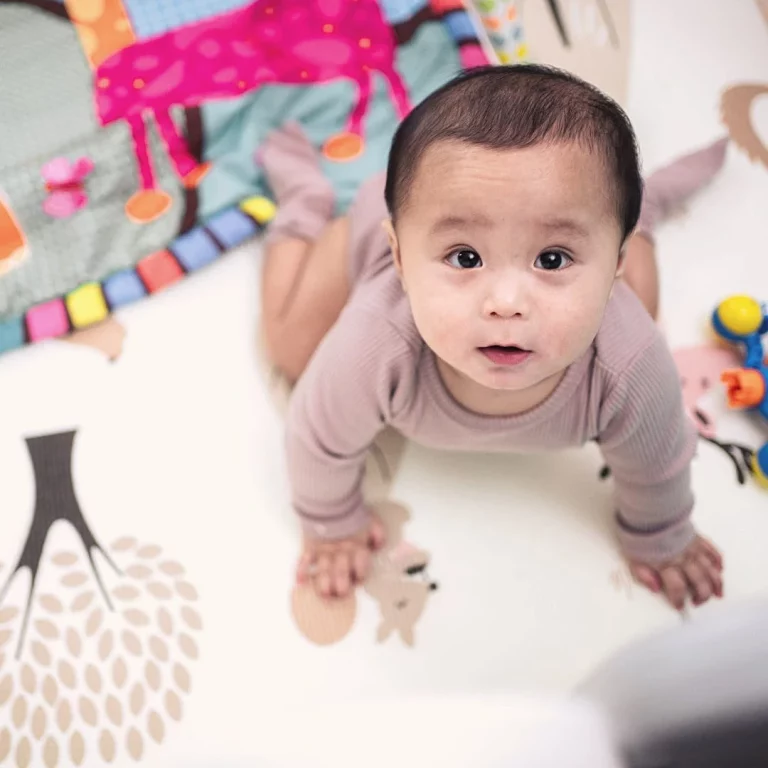5 Sleep-Training Methods For Babies You Can Follow
As new parents, it may be difficult adjusting to your baby’s sleeping habits, especially when they wake up crying in the middle of the night!
Once they reach a few months old, it’s time to begin training them to sleep peacefully on their own, and at the right time. How can you do it?
How to Sleep Train
Here are the 5 different sleep-training methods for babies you can consider trying:

1. The Ferber Method
Also known as the Check-and-Console Method, there are different variations but a similar principle: Continue checking on your little one at preset intervals but you don’t feet or lull them to sleep, as this would mean they won’t sleep on their own.
Once you go through the typical bedtime routine, put your little one in the crib and leave the room, waiting for a specific amount of time (a minute or two). Then go in and reassure your little one with a few words or a simple pat or rub. Do NOT pick the baby up and leave the room again, continuing to leave and check on them until they fall asleep.
While effective, some parents report that going into their room would aggravate their baby more. With that said, consider the next option, CIO.
2. Cry It Out (CIO)
You do not respond to any crying as your baby tries to sleep. Go through the bedtime routine and put them in their crib and walk out.
This is a controversial sleep-training method that’s still up for debate. What you do next is what works for you and your little one. Expect a lot of crying, though it’s short-term and as long as you know they are safe (check through a baby monitor and camera), then it’s worth a try.
Related: How Much Does A Newborn Sleep?
3. Chair Method
This is a gradual sleep-training method that needs a lot of patience and discipline.
Prep your little one for bed but instead of walking out, stay near the crib and sit down. Once they fall asleep, leave the room but once they wake up, sit back in the chair until they are asleep again. You should console them from your chair, if possible, and not closer. Every few nights, move your chair further away until you are outside the room.
4. Pick Up, Put Down, Then Shush-Pat
If your baby is younger than seven months, then this is a suitable method where you’re staying in the room without having to provide too much help for your baby to fall asleep.
Simply stand over your baby’s crib and start shushing him by patting his tummy for reassurance. You can also let your baby fuss over for a short while and pick him up, then put him in his crib before he falls asleep.
These methods work well for younger babies but it may make some babies more upset because of overstimulation.
5. Bedtime-Routine or Bedtime-Hour Fading
With the Bedtime-Routine Fading technique, simply continue whichever sleep-training method works for you. But every few days, decrease the amount of time spent doing it until you won’t have to do it anymore.
As for the Bedtime-Hour Fading, you place your baby in the crib at the typical time they start dozing off, then make that their bedtime for a few nights. Then start to slowly move the bedtime at an earlier time, such as 20 minutes earlier until your little one nods off at the desired bedtime.
Final Thoughts on Sleep Training
Beyond these sleep-training methods for your baby, make sure that you do much more research and talk to your doctor for more advice. What can work for others may not work for you and your baby, so trial-and-error is needed here, as well as a lot of patience. The good news is that for most babies, sleep continues to improve over time regardless of which sleep training methods you use. Good luck!
We discuss products we think are useful to people. If you buy something through our links, we may earn a commission. Remember to check with your personal physician to see if a product recommended is right for you.








